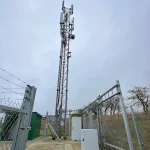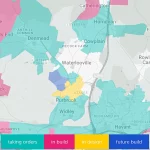Sponsored Links
Spectrum Fragmentation Set to Damage Global 4G Mobile Broadband Compatibility
Posted: 16th Dec, 2011 By: MarkJ

 Global adoption of next generation 4G superfast Mobile Broadband services, most of which will use Long Term Evolution ( LTE ) technology and should one day deliver speeds of 1Gbps (1000Mbps) and beyond, could be damaged by a lack of radio spectrum harmonisation (i.e. too many countries using incompatible bands to deliver the service).
Global adoption of next generation 4G superfast Mobile Broadband services, most of which will use Long Term Evolution ( LTE ) technology and should one day deliver speeds of 1Gbps (1000Mbps) and beyond, could be damaged by a lack of radio spectrum harmonisation (i.e. too many countries using incompatible bands to deliver the service).A damning new report from the GSMA's Wireless Intelligence division predicts that there will be a total of 38 different spectrum frequency combinations used in LTE deployments by 2015, which is being fuelled by spectrum auctions, licence renewals and re-farming initiatives around the world. This would obviously make it incredibly difficult and expensive to build globally compatible LTE phones and devices.
Wireless Intelligence's Senior Analyst, Joss Gillet, said:
"Spectrum fragmentation has the potential to hinder global LTE roaming if device manufacturers are required to include support for many disparate frequencies in their devices. Given the backwards compatibility already required for either HSPA or EV-DO connectivity, we are unlikely to see a 'world' device in a handset form-factor soon."
"Spectrum fragmentation has the potential to hinder global LTE roaming if device manufacturers are required to include support for many disparate frequencies in their devices. Given the backwards compatibility already required for either HSPA or EV-DO connectivity, we are unlikely to see a 'world' device in a handset form-factor soon."
Ofcom's current UK timetable for LTE deployment, which is connected to its spectrum auction and release programme, suggests that the first 4G friendly mobile spectrum (800MHz and 2.6GHz) should be ready for operators by "the end of 2013" (i.e. 2014 for the first services).
Europe is also aiming to harmonise the 800MHz (790-862MHz) band by 1st January 2013 (here). Unfortunately the UK/EU picture begins to differ when you move further afield. Large rollouts in the USA prefer 700MHz and the Asia Pacific region complicates matters; 2100MHz (Japan), 2500MHz (China) and 1800MHz (Southeast Asia).
The report states that 2500-2600MHz is the most globally harmonised band used in LTE deployments to date, accounting for over half of live networks in 2011.

However the GSMA forecasts that there will be more than 200 live LTE networks in over 70 countries by 2015 (up from 40 networks in 24 countries today). Similarly the number of LTE connections is forecast to grow from 7 million in 2011 to almost 300 million by 2015.
Sadly many countries are already well into their 4G deployment plans and unlikely to make any last-minute shifts in spectrum policy.
Search ISP News
Search ISP Listings
Search ISP Reviews
Latest UK ISP News

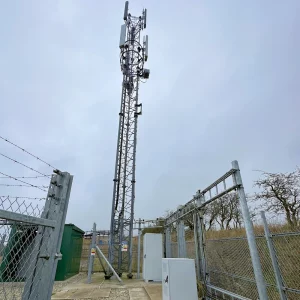
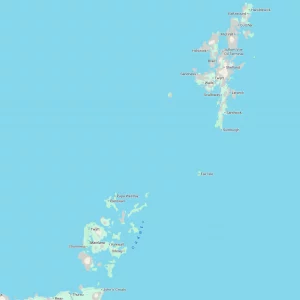

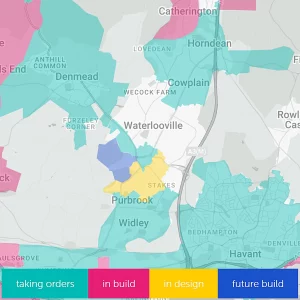



Cheap BIG ISPs for 100Mbps+
150,000+ Customers | View More ISPs
Cheapest ISPs for 100Mbps+
Modest Availability | View More ISPs
Latest UK ISP News
Helpful ISP Guides and Tips
Sponsored Links
The Top 15 Category Tags
- FTTP (6798)
- BT (3881)
- Politics (3074)
- Business (2766)
- Openreach (2663)
- Building Digital UK (2512)
- Mobile Broadband (2475)
- FTTC (2142)
- Statistics (2127)
- 4G (2092)
- Virgin Media (2024)
- Ofcom Regulation (1779)
- 5G (1732)
- Fibre Optic (1604)
- Wireless Internet (1595)
Sponsored
Copyright © 1999 to Present - ISPreview.co.uk - All Rights Reserved - Terms , Privacy and Cookie Policy , Links , Website Rules









